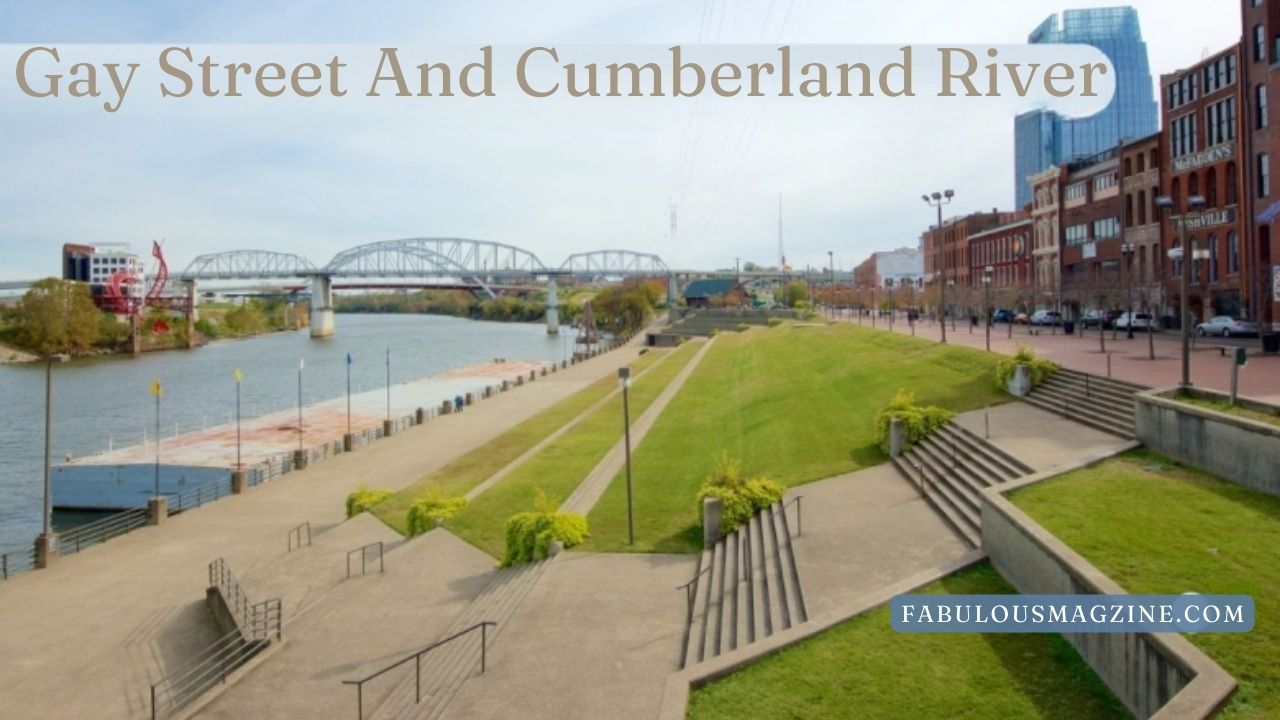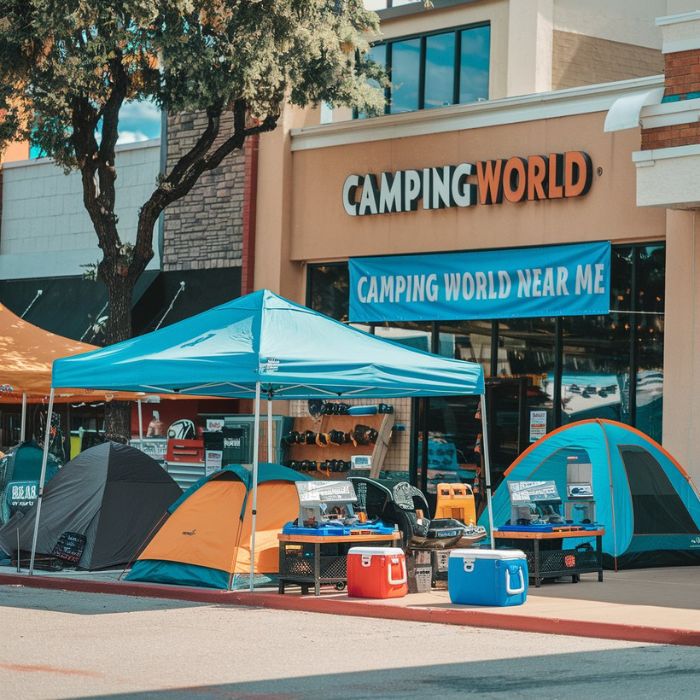Nestled in the heart of a vibrant city, Gay Street and the Cumberland River weave together a tapestry rich in culture, history, and community. These two iconic locations serve as more than just landmarks; they are vital intersections for diverse experiences and connections. From bustling street life to tranquil waterside views, Gay Street invites exploration while the Cumberland River flows with stories of trade and camaraderie. Together, they symbolize unity amid diversity—a celebration that resonates deeply within the LGBTQ+ community and beyond. Join us as we embark on an exciting journey through their historical significance, contemporary relevance, and cultural impact!
Historical Background of Gay Street and Cumberland River
Gay Street and the Cumberland River are intertwined in a rich historical tapestry. Gay Street, originally known for its bustling commerce, has long been a vital artery in Nashville’s urban landscape. It was named after John Gay, an early landowner whose influence shaped the area.
The Cumberland River has served as both a natural resource and a trade route since before European settlers arrived. Indigenous peoples relied on its waters for sustenance and transportation. As Nashville grew in the 19th century, this river became crucial to economic expansion.
Throughout history, Gay Street evolved into a gathering place where different communities intersected. The street witnessed significant cultural shifts that paralleled the city’s growth—transforming from mere commerce to vibrant celebration of diversity over time.
The Importance of Gay Street in the LGBTQ+ Community
Gay Street is more than just a name; it stands as a symbol of resilience and pride within the LGBTQ+ community. This vibrant thoroughfare has become a gathering place where individuals can express their true selves without fear.
It hosts numerous businesses, from bars to boutiques, that cater specifically to LGBTQ+ patrons. These spaces foster acceptance and provide safe havens for socializing and networking.
Moreover, Gay Street plays an essential role in activism. It often serves as the backdrop for rallies and demonstrations advocating for equality and rights. The energy found here is palpable during events that celebrate love in all its forms.
The street embodies not only history but also hope—a living testament to progress made while reminding us of the journey ahead. For many, walking down Gay Street feels like stepping into a world where diversity is celebrated openly.
How Cumberland River has Influenced Cultural Exchange and Trade
The Cumberland River has long served as a vital artery for cultural exchange and trade. Flowing through Tennessee, it connects diverse communities and rich histories.
Historically, the river facilitated the movement of goods, ideas, and people. Early settlers relied on its waters for transportation, linking them to larger markets.
As cities developed along its banks, the Cumberland became a melting pot of traditions. Different cultures converged here—each leaving their mark in food, art, and music.
Today’s vibrant festivals reflect this blend of influences. Local artisans showcase crafts that tell stories from various backgrounds. Meanwhile, culinary offerings celebrate flavors from around the world.
The river continues to be an essential part of community life. Its banks host events that encourage dialogue across cultures and promote understanding among residents and visitors alike.
Contemporary Significance of Gay Street and Cumberland River
Today, Gay Street and the Cumberland River stand as vibrant symbols of inclusivity and cultural diversity. The street pulsates with life, showcasing LGBTQ+ businesses, art galleries, and cafes that reflect the community’s spirit.
Recent developments have transformed this area into a hub for creativity and social engagement. Local artists often display their work in public spaces along the riverfront. This fosters connections among diverse groups while celebrating individuality.
The Cumberland River also serves as a picturesque backdrop for various events. It draws visitors from all walks of life to enjoy festivals that highlight different cultures through food, music, and dance.
Moreover, both locations are increasingly becoming focal points for activism. They host rallies advocating for LGBTQ+ rights and broader social justice issues, reminding us of the ongoing journey toward equality. These venues empower voices seeking change while facilitating meaningful dialogues across communities.
Events, Festivals, and Landmarks on Gay Street and Cumberland River
Gay Street buzzes with life, hosting vibrant events that celebrate diversity. From parades to art festivals, this street is a canvas for creativity and expression. Each year, the Nashville Pride Festival brings together thousands to honor LGBTQ+ identities and rights.
Alongside Gay Street lies the Cumberland River, which plays host to unique gatherings like riverfront concerts. These events draw locals and tourists alike, fostering a sense of community on the banks of the waterway.
Landmarks like the iconic AT&T Building stand tall near Gay Street. Its striking architecture attracts visitors who capture memories against its backdrop. The nearby John Seigenthaler Pedestrian Bridge offers stunning views of both the city skyline and river.
Together, these elements create an atmosphere where cultures intertwine seamlessly. Whether it’s exploring local art or joining in spirited celebrations, every moment spent here holds significance within Nashville’s rich tapestry.
Conclusion:
The vibrant intersection of Gay Street and Cumberland River serves as a powerful testament to the rich tapestry of cultures that define our society. These iconic locations are not just geographical points; they represent a journey through time, community, and identity.
Gay Street stands as a beacon for the LGBTQ+ community, offering a space where acceptance thrives. It is more than just an avenue; it’s a hub for expression and celebration. The history embedded in its streets resonates with stories of resilience and pride.
On the other hand, the Cumberland River has played an essential role in trade and cultural exchange across generations. Its waters have witnessed countless interactions among diverse groups, fostering relationships that transcend boundaries.
Together, these landmarks reflect contemporary significance. They host events that unite people from all walks of life—festivals celebrating diversity abound along their paths. Landmarks scattered throughout remind us of shared histories while encouraging future connections.
As we explore Gay Street and the Cumberland River, we’re reminded that diversity enriches our world. Celebrating these spaces encourages unity within communities while honoring individual identities—a beautiful reflection of what makes us human.






